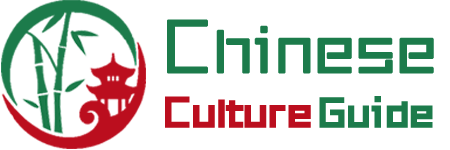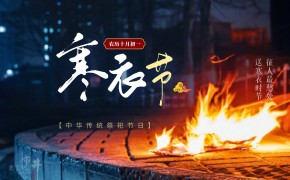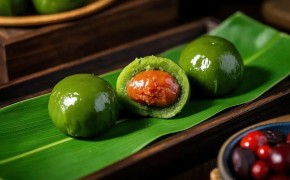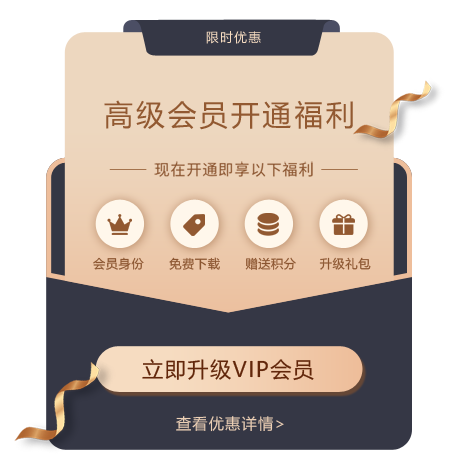The Cold Food Festival (寒食节, Hánshí Jié), also known as the Hanshi Festival, is a traditional Chinese holiday observed one or two days before the Qingming Festival (Tomb-Sweeping Day). With a history spanning over 2,600 years, it is a day marked by reflection, remembrance, and the unique tradition of consuming cold food.
This festival embodies deep-rooted Chinese values of loyalty, filial piety, and respect for both nature and ancestors.
Origins and the Legend of Jie Zitui
The most famous origin story dates back to the Spring and Autumn Period (770-476 BCE). It revolves around Jie Zitui, a loyal retainer to Prince Chong’er of Jin. During the prince’s arduous years of exile, Jie Zitui demonstrated extreme loyalty by cutting flesh from his own leg to feed the starving prince.
When Chong’er eventually became the ruler, Duke Wen of Jin, he rewarded those who helped him but initially forgot Jie Zitui. The humble Jie had quietly retreated to the mountains with his mother. To force his loyal follower out and reward him, Duke Wen ordered the mountains to be set on fire. Tragically, Jie and his mother perished in the flames.
Filled with immense remorse, Duke Wen decreed that each year on the anniversary of Jie’s death, all fires should be banned, and only cold food should be eaten to honor Jie’s memory and sacrifice. This event is traditionally seen as the genesis of the Cold Food Festival.
Traditional Observances and Symbolic Customs
The festival is characterized by several meaningful customs:
Eating Cold Food (寒食, Hánshí):
The most defining tradition is the avoidance of lighting fires for cooking. Families eat pre-prepared cold meals. Traditional foods include rice cakes (青团, Qīngtuán), cold noodles, boiled eggs, and congees like sweet green rice ball soup. This act symbolizes remembrance and purification.
Tomb Sweeping and Ancestor Worship (祭扫, Jìsǎo):
An essential part of the festival involves cleaning the gravesites of ancestors, offering food, and burning joss paper. This practice, which emphasizes filial piety, was so significant that it later became integrated into the adjacent Qingming Festival.
Spring Outings and Recreation (踏青, Tàqīng):
As the festival occurs in early spring, it’s a time for families to venture outdoors, enjoy the rejuvenating scenery, and engage in activities like flying kites, hiking, and picnicking, symbolizing new beginnings and the appreciation of nature.
Other Folk Activities:
Historically, customs included hanging willow branches on doors to ward off evil spirits, as willow was believed to possess protective powers. Ancient games like swinging (荡秋千, Dàng Qiūqiān) and cuju (蹴鞠, Cùjū), an early form of soccer, were also popular.
Historical Evolution and Cultural Significance
The Cold Food Festival’s significance has evolved over millennia:
It was once a major festival, even becoming an official holiday during the Tang Dynasty.
Over time, many of its customs, particularly tomb sweeping, gradually merged with the Qingming Festival.
While its distinct observance has faded in many parts of China, its core spirit endures. The festival serves as a cultural reminder of loyalty, sacrifice, gratitude, and the importance of honoring one’s roots.
The Cold Food Festival is more than just a historical relic; it’s a poignant chapter in Chinese culture that teaches the importance of remembering the past, showing gratitude, and embracing the renewal that spring brings.



















There are no comments yet, come and comment~